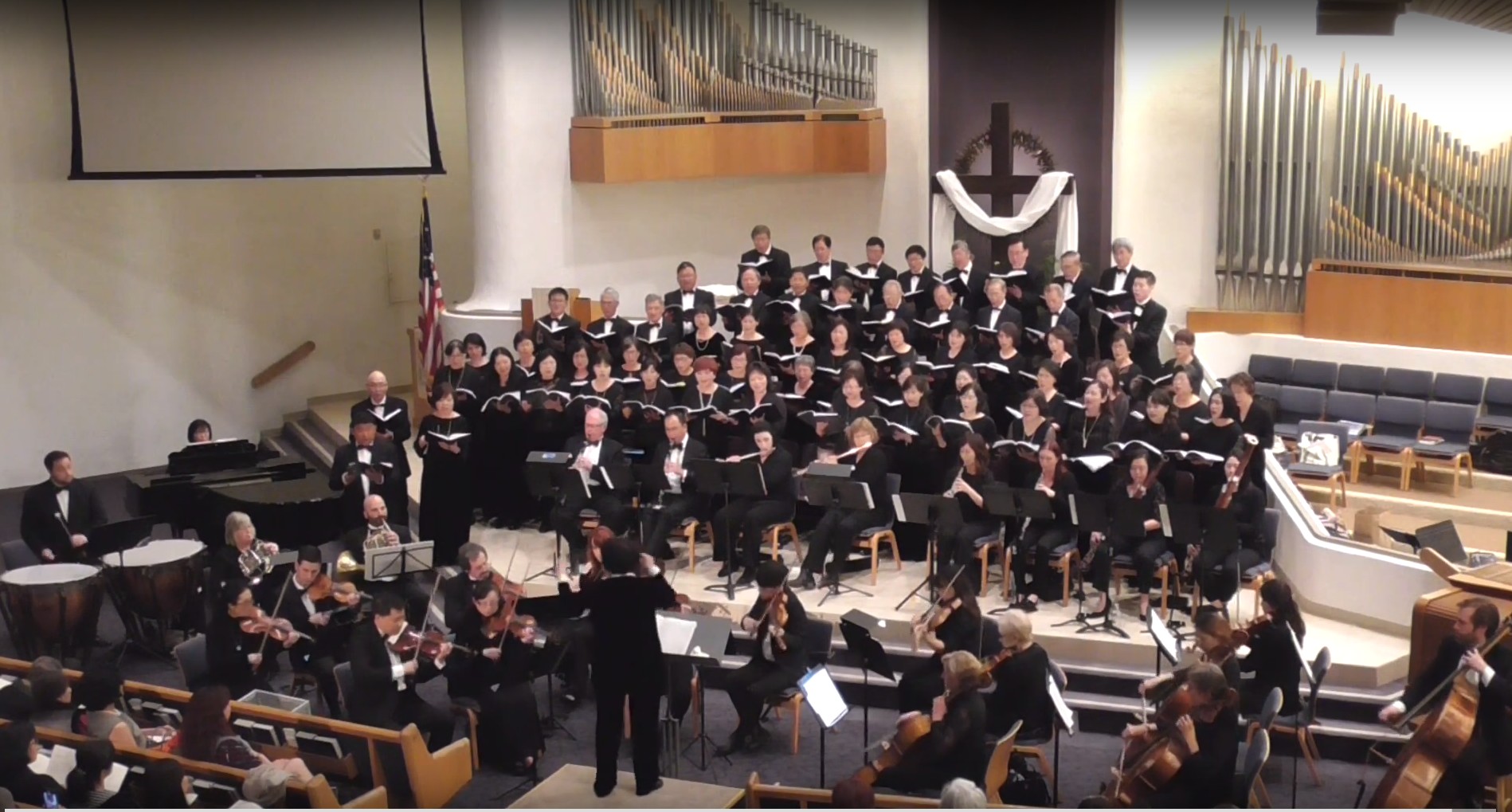We can compare enjoying music to eating. Pop and rock music are like fast food while classical music is like a formal dinner. Likewise, it is easy to cook fast food but will take skills to prepare a banquet. To enjoy classical music needs patience. To learn to play classical music even takes more time and efforts. Is classical music dying? There are two perspectives, said Benjamin Zander on “music and passion” (Ted Talk).
Learning to play classical music is a process of growing. Instead of impulse on every notes, we learn to play with impulse on every two notes, then on every four notes, then on every eight notes and finally on the whole phrase as we grow in age and gain skills. Benjamin used Mozart piano sonata K545 as an example to demonstrate this learning process.
Besides practice, we can learn to analyze the music though I don’t know whether this is required in order to enjoy the classical music. Nevertheless, this is a challenge to me and I am passionate about it. Therefore, let us watch an analysis on the music structure (sonata form) of K545.
It is estimated that only 3% of the population are passionate about the classical music. Another large group of people don’t mind about the classical music. A third group of people never listen to the classical music. And yet another very small group of people think they are “tone-deaf”. Benjamin said he did not believe anyone is tone-deaf. Everybody has a fantastic ear. So, Benjamin was going to go on until every single person in the room, downstairs and in Aspen, and everybody else looking, came to love and understand classical music. [Benjamin is really passionate about this!!]
To really enjoy classical music requires passion and imagination. Benjamin used Chopin Prelude Op. 28. no.4 for demonstration.
So this is a piece which goes from away to home. And I’m going to play it all the way through and you’re going to follow. B, C, B, C, B, C, B — down to A, down to G, down to F. Almost goes to E, but otherwise the play would be over. He goes back up to B. He gets very excited. Go to F sharp. Go to E. It’s the wrong chord. It’s the wrong chord. It’s the wrong chord. And finally goes to E and it is home. And what you’re going to see is-one buttock playing. (Laughter) Because for me, to join the B to the E, I have to stop thinking about every single note along the way and start thinking about the long, long line from B to E.
You know, we were just in South Africa, and you can’t go to South Africa without thinking of Mandela in jail for 27 years. What was he thinking about? Lunch? No, he was thinking about the vision for South Africa and for human beings. That’s what kept — this is about vision; this is about the long line. Like the bird who flies over the field and doesn’t care about the fences underneath, all right? So now you’re going to follow the line all the way from B to E.
Benjamin made a request:
Would you think of somebody who you adore, who’s no longer there? A beloved grandmother, a lover, somebody in your life who you love with all your heart, but that person is no longer with you. Bring that person into your mind, and at the same time follow the line all the way from B to E, and you’ll hear everything that Chopin had to say.
He played the music and the audience were moved by his play. He continued on ….
Music has this power of bringing people to the depth of emotion, to the healing of the painful memory, to the patience in endurance, to the vision of a grand design and to the compassion of not saying anything that couldn’t stand as the last thing that ever say.
Before bring a stop on this blog-post, let me show you another analysis on this Chopin piece.
